Denicolai & Provoost and six artist comics
What are artist comics really? A selection of six best examples from the collection of Belgian artist duo Denicolai & Provoost
The Belgian duo Denicolai & Provoost love witty appropriations. Their recent retrospective at SMAK in Ghent—somewhat of a catalogue of 25 years of work—is full of these gestures. For example, they step in the shoes of the pastry chef and public programmer at once when they propose the baking of cakes instead of memorials for the small town of Genk. They become curators, organizing an exhibition within their own by collecting and showing objects from private windows around the city, literally elevating the amateur to the level of the blue-chip institution. They mess with animated films, creating a trippy video installation with the otherwise cute Disney-type animal world. It is as though Denicolai & Provoost’s bread and butter are art forms and not art, or an art of the art forms.
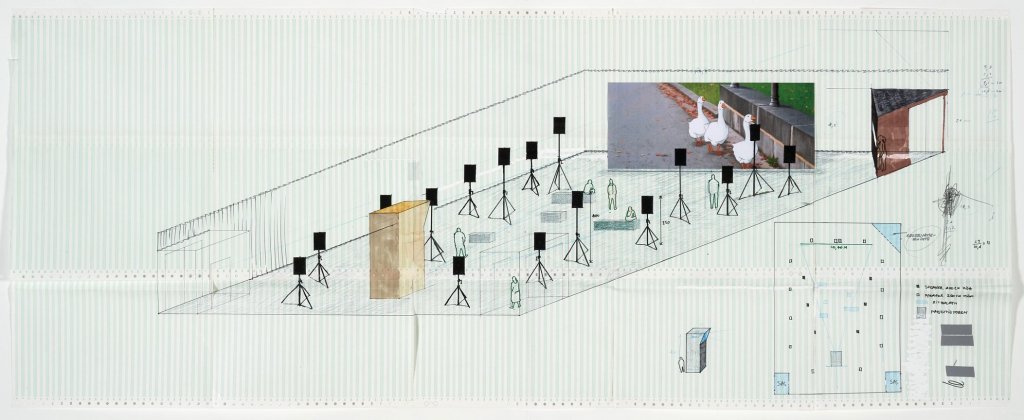
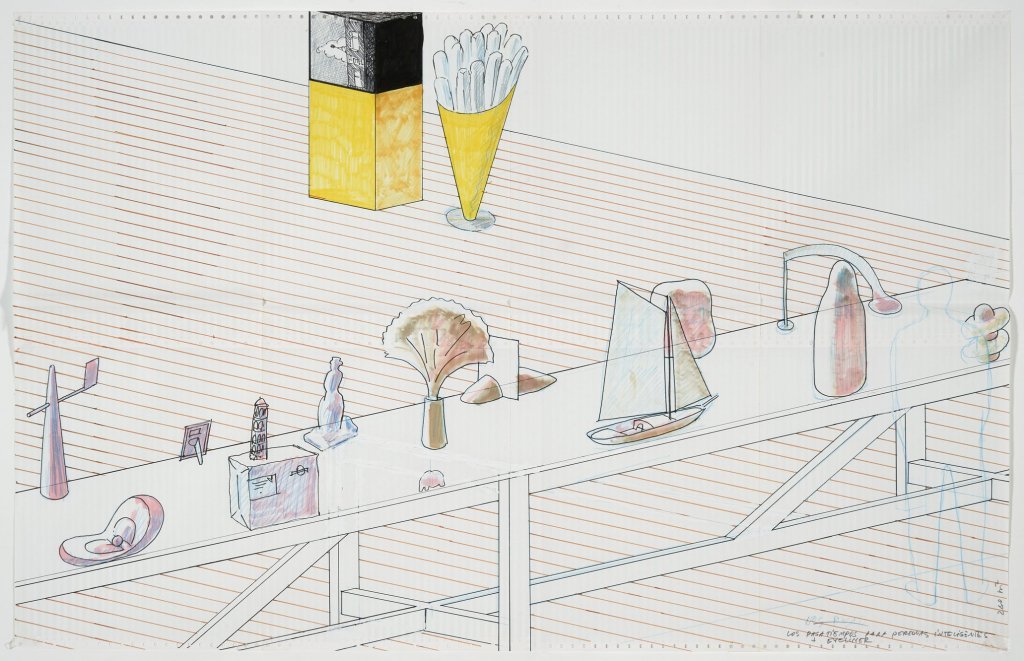
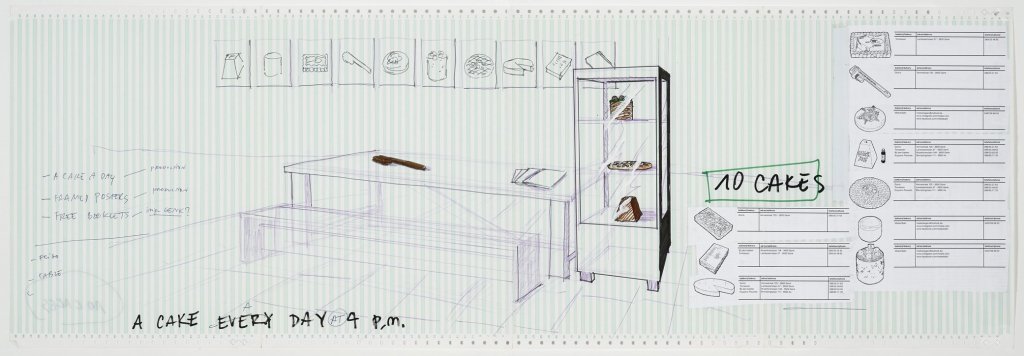
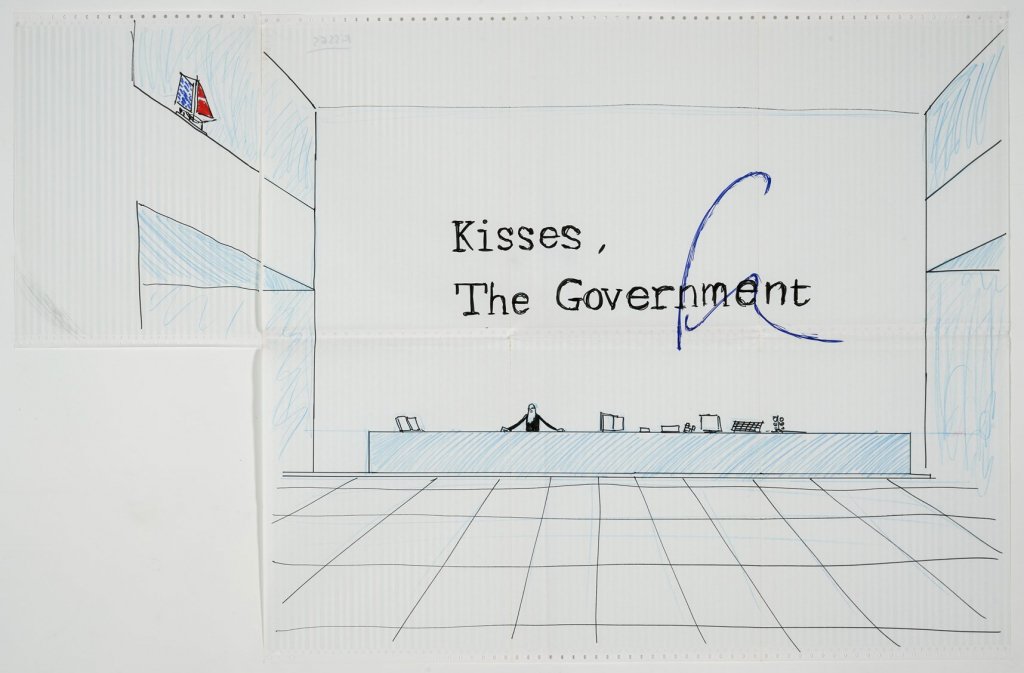
We met them a few weeks ago at their Brussels studio to talk about comics. Artist comics to be precise. Thanks to this art form practice and expertise of theirs as we just speculated, we asked to select examples of artists appropriating the medium of comics—a true love of theirs—as they did that of baker, architect, city planner, film maker, etc. It turns out they kept a few gems in their collection of artist comics, from which they selected six and wrote a few comments on them, as well as documented significant plates from these books in the setting of their plant-rich studio courtyard. As Jan Op de Beeck argues on boeks.gent, Denicolai & Provoost “desire to go outside, to embark upon the world in a receptive, exploratory, contemplative and involved way.” We highlight this receptivity of theirs in the exercise of selecting artist comics.
Matt Mullican & Lawrence Weiner
In the Crack of the Dawn
Published by mai 36 galerie, Lucerne and Yves Gevaert, Brussels, September 1991
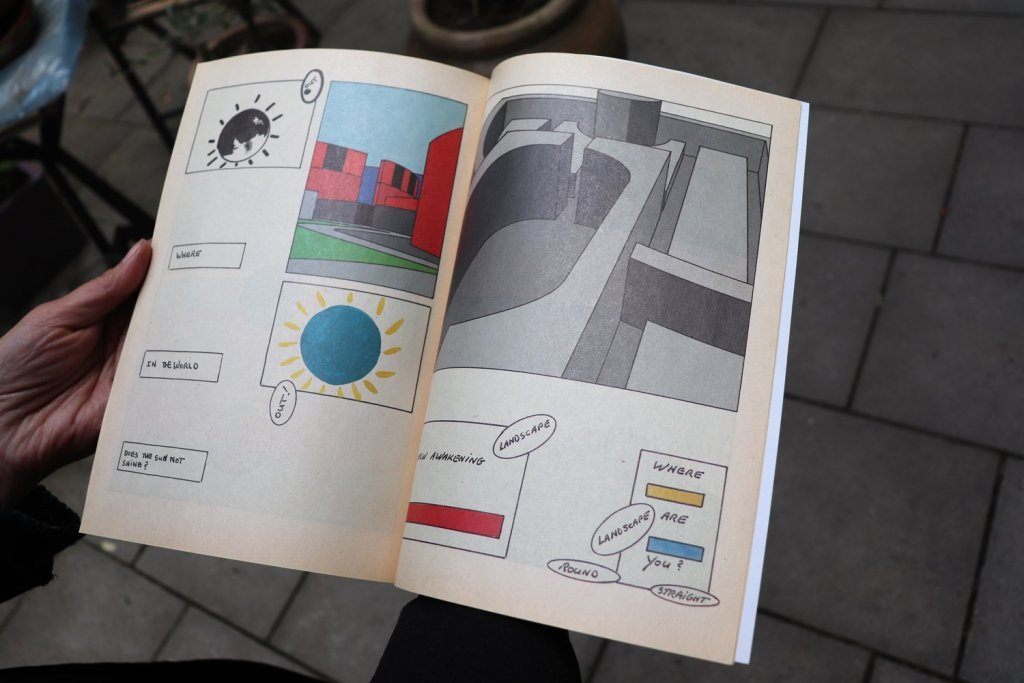
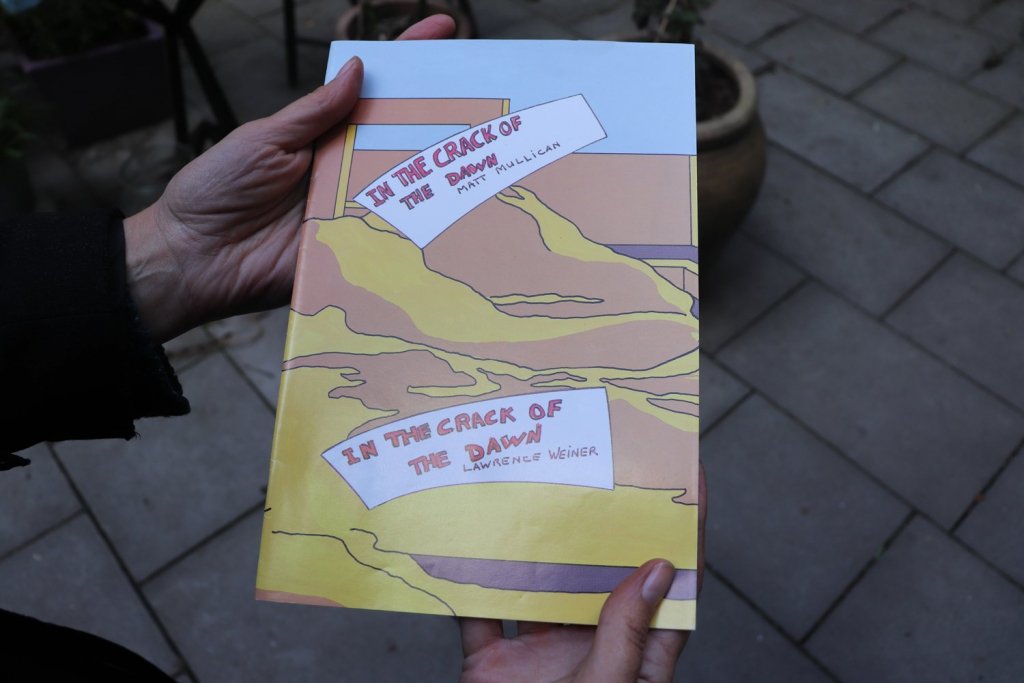
Denicolai & Provoost: First thing is how interesting it is to see Weiner’s sentences stripped from their usual design. They are treated as his handwritten notes here. Generally, words are almost always there in comic books, and when the phrases of Wiener are inserted in such context they become something completely different. This comic book is about proposing a narrative that is visual instead of delivered by the typical storyboard. There are still clues of the story, regardless of how abstract it is. For example, the setting is quite specifically urban, which has to do to Mullican’s work with virtual spaces.
Christophe Terlinden
3
Edition by techtur *, 1998
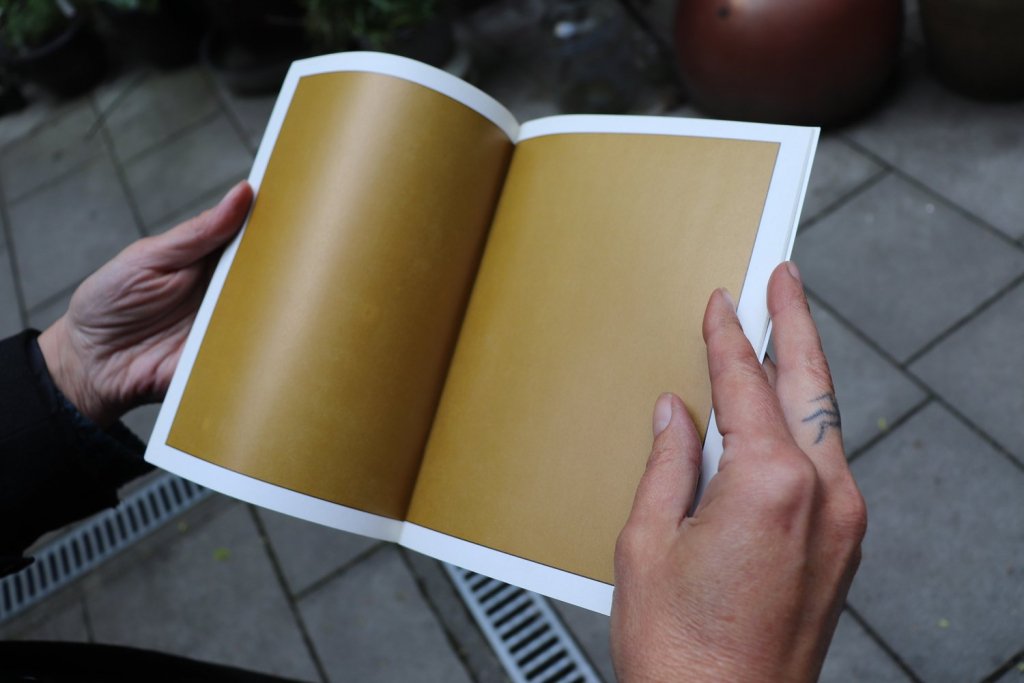
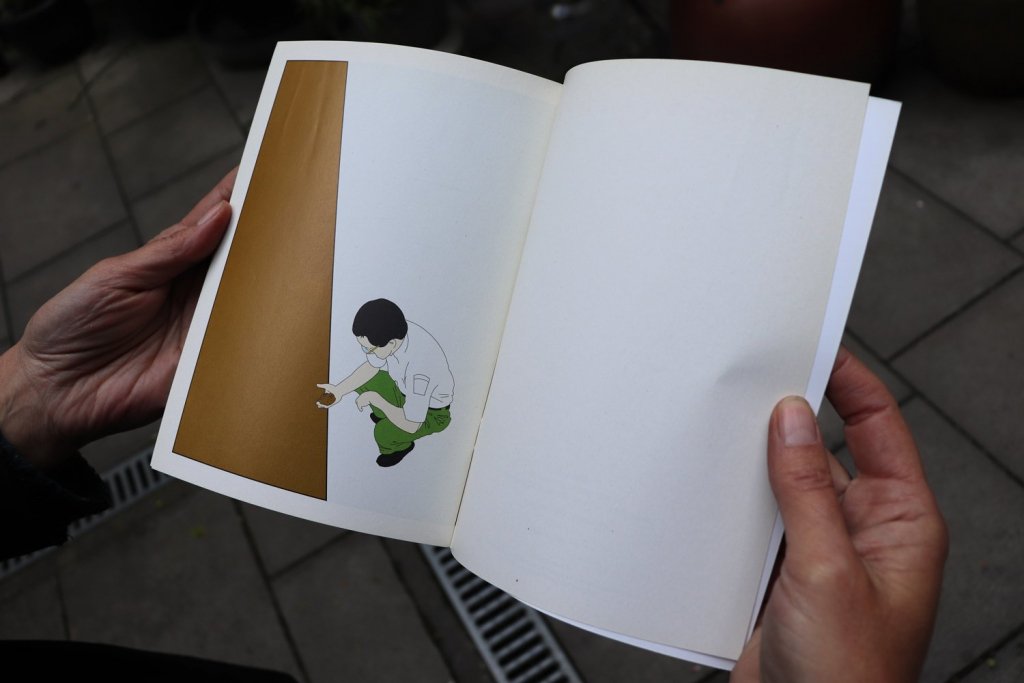
Denicolai & Provoost: This comic book is both away from any narration and proposing a very specific story. Nothing much happens in the middle of the book: a series of monochromatic pages, each equal with the other if not for their small differences due to printing faults. However, the last page does offer a precise story of what is happening: a person picks up the monochrome substance from the previous pages. It is hard to understand if the story develops in terms of time, space, or both. It might even be a camera panning over a large amount of mustard, which the protagonist is weirdly collecting with his hand in the end.
David De Tscharner & Benoit Plateus
Michael
Published by Triangle books, 2014
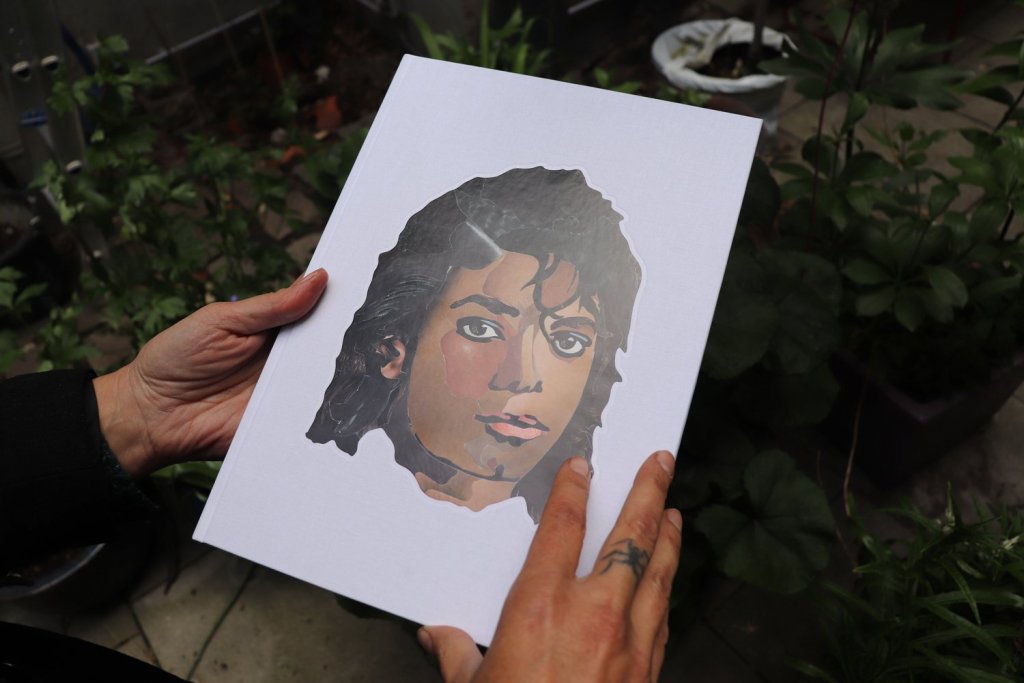
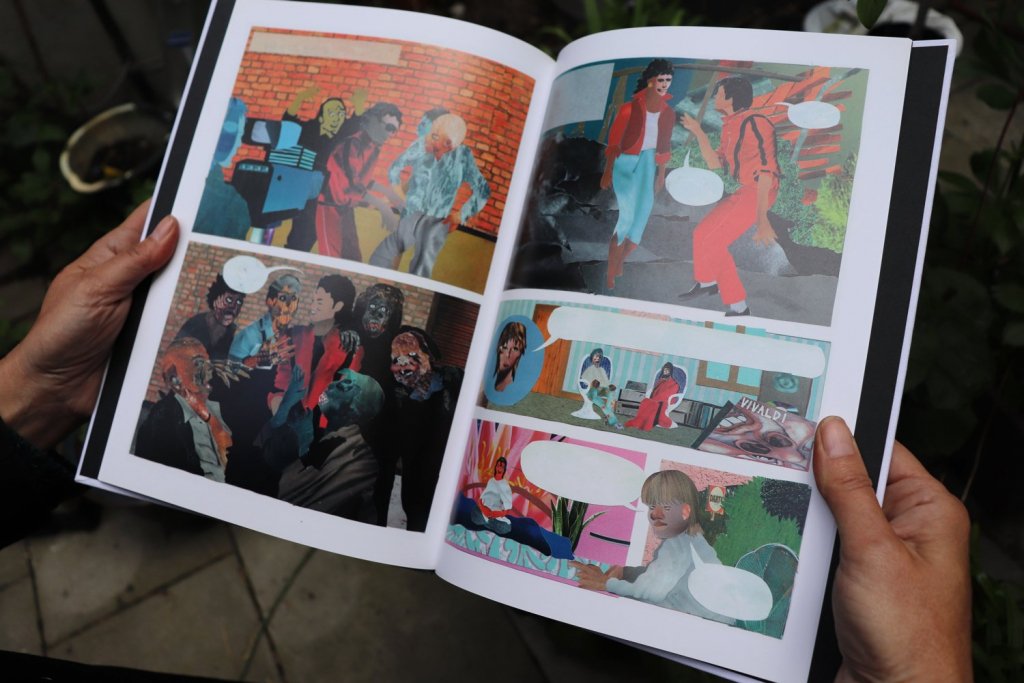
Denicolai & Provoost: This is an appropriation, a remake, a re-enactment. The two artists chose what they thought was the ugliest comic book in their collection, Prince Michael [Jackson. Ed.] by Orkal from 1984, and copied it by reproducing the plates with fine collages. The colouring of the figures only happens through a patchwork of magazine pages with photos and textures. The artists explain how they worked collaboratively like paper surgeons following a certain daily routine. Neither of them has a special interest in Michael Jackson, and their practice doesn’t especially deal with pop figures. This book is their crazy trip, some kind of a pretext to make a series of collages together from a comic book.
Akio Suzuki
Oto Date
Published by Académie der Künste Berlin, 1996
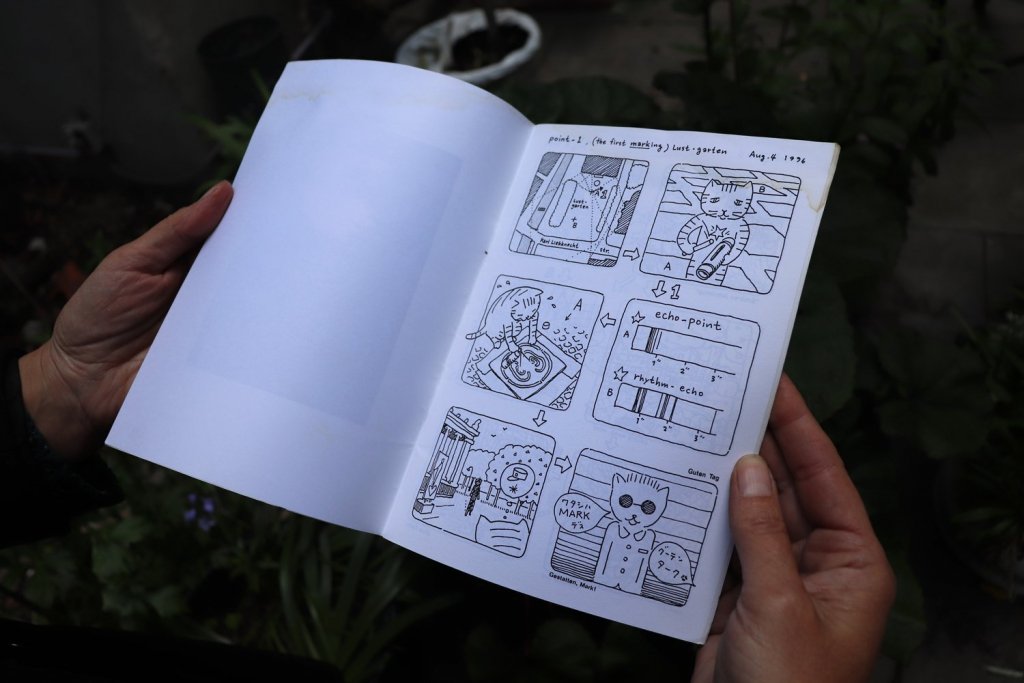
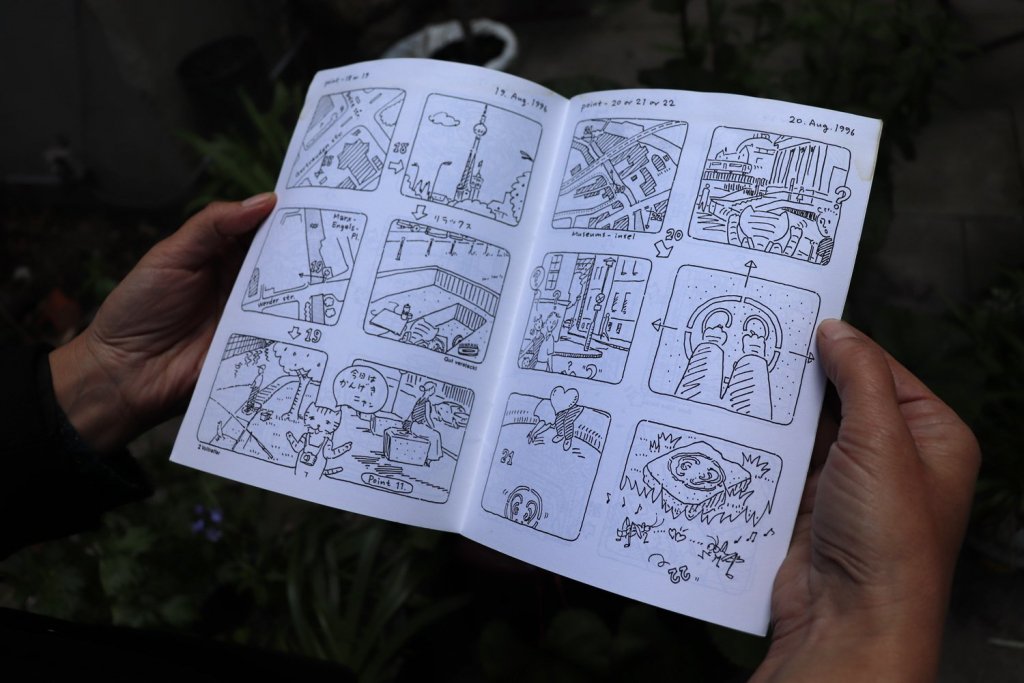
Denicolai & Provoost: This comic book is actually a guide to navigate a city-wide sound installation the artist made in 1996 in Berlin for the festival Sonambiente. He marked specific spots with a symbol, a drawing of John Cage’s ears that look like feet, where the visitor should stand and listen to the sound of the city. The comic book is both a tool to navigate the space and a poetic excursion through the story of a character you as a reader/visitor need to appropriate. You have to step in his shoes. This character, a cat, is the way the artist explains his work. When we met him in France in 2007, he drew similar drawings with the cat on the spot just to communicate with us and the people in the valley of the Drobie, since we shared no other language.
Ken Tanimoto / Dan Graham
Manga Dan Graham Story
published in DAN GRAHAM : BEYOND by Simpson and lles, MIT Press, 2009
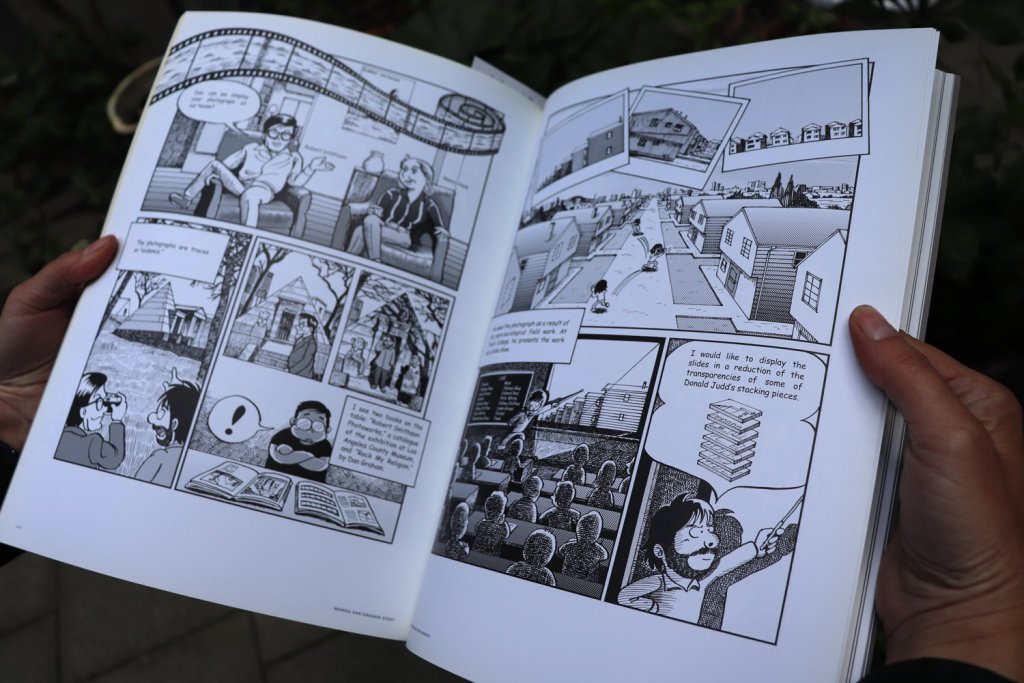
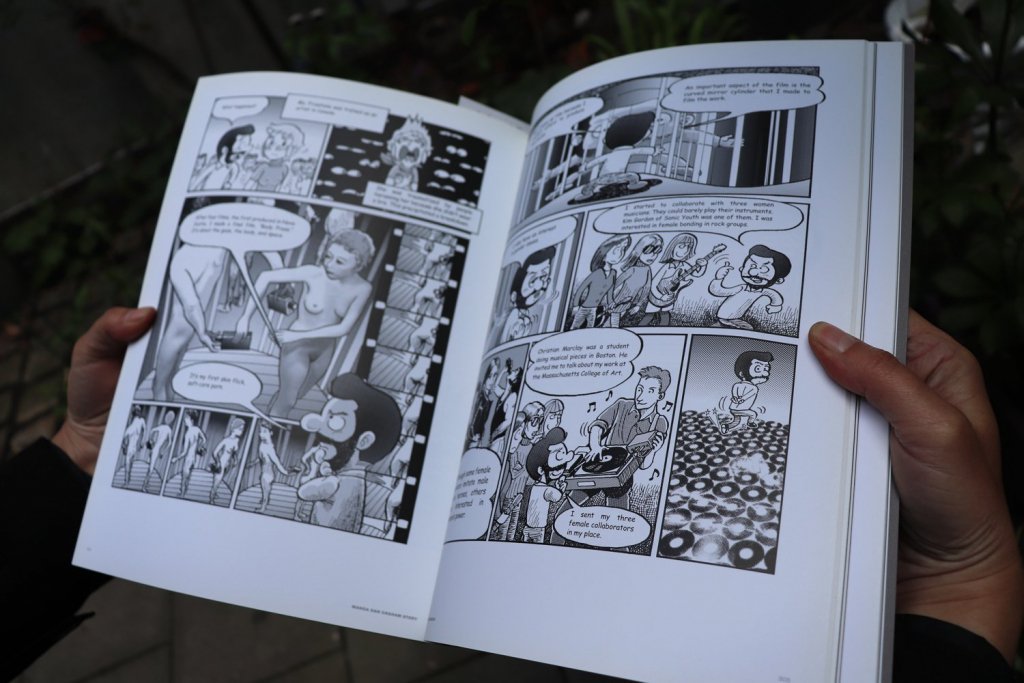
Denicolai & Provoost: This is not really a comic book by a contemporary artist but a biography of Dan Graham drawn as a comic book by Ken Tanimoto. It was inserted in a large catalogue of Graham’s work, and previously published in the context of other shows by the artist. We like how this established figure was happy to be turned into a comic book character, especially in the institutional context of a catalogue. There is a pop spirit that is also present in his work in general. It makes this large book less pretentious while making it richer. We also like to turn actual things into drawings in our work as a way to appropriate them, wondering what happens during this translation.
Adrien Tirtiaux
THINGS DESIGN THEMSELVES and SPACE IS TIME
Provincie Antwerpen, 2013 and Andreas Baur/Galerien der Stadt Esslingen am Neckar, 2013
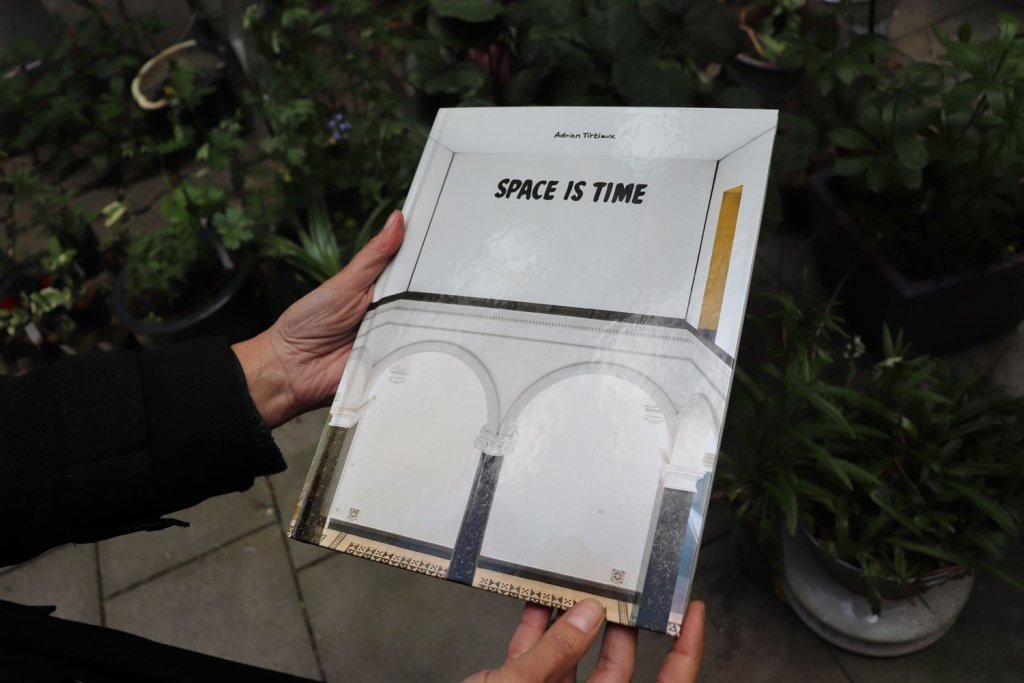
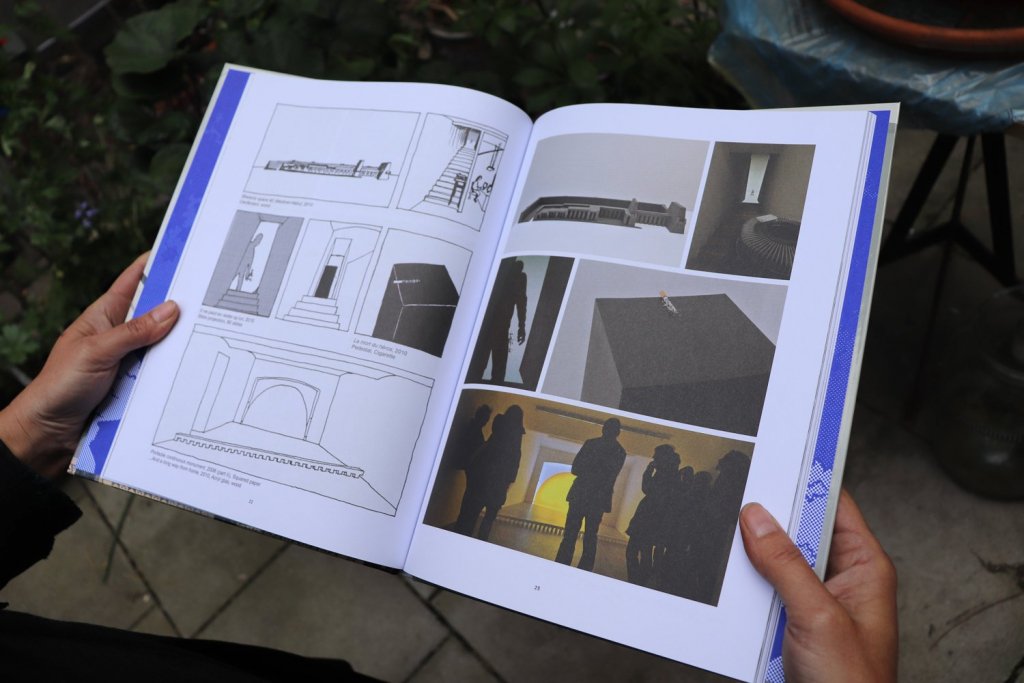
Denicolai & Provoost: In two books, the artist includes his comics along with his work, opposing photographs of his architectural installations with the drawn versions of them in a storyboard. It is a very complex opposition. It positions these books somewhere between catalogue and artist book. Drawings of actual artworks remind of the work of Louise Lawler, where she photographs and then draws popular artworks in a domestic context. There is even some kind of comic book aesthetics in Tirtiaux’s installations. We feel close to the work of Adrien, the way he works in the space, his sense of humor.
May 26, 2021
